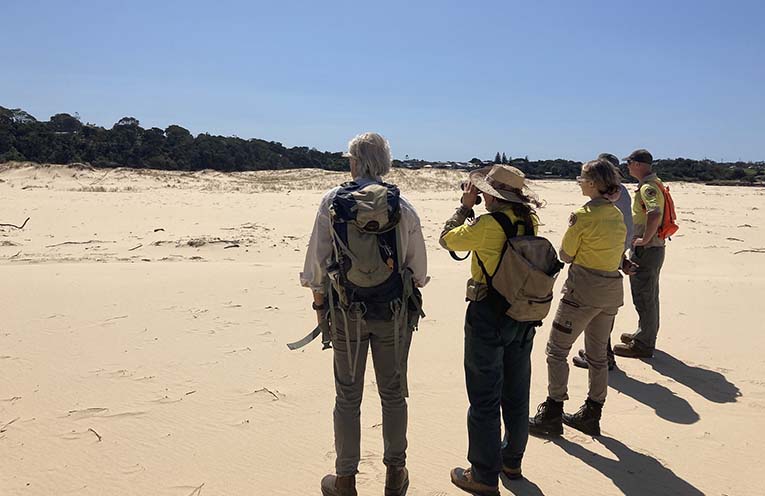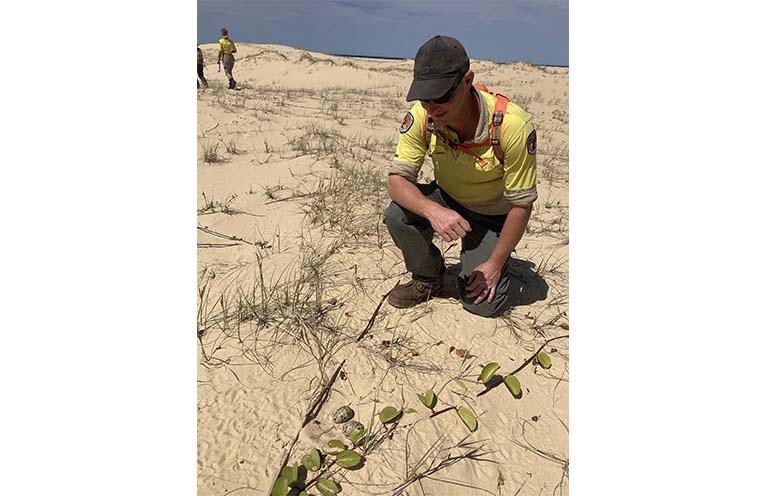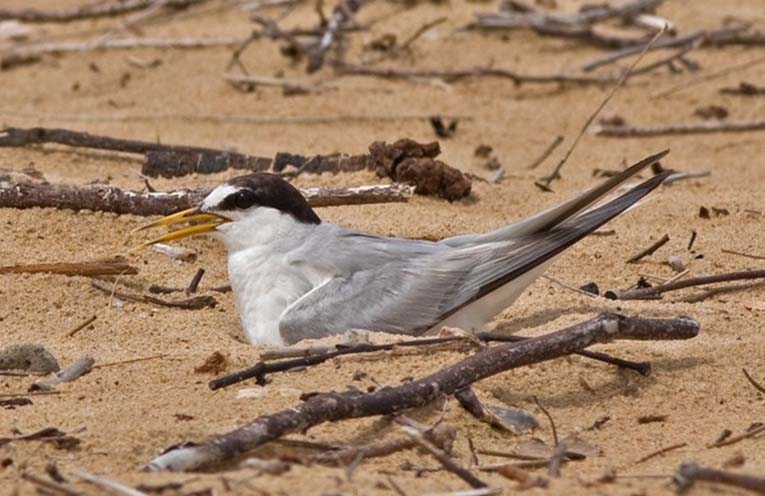
MID NORTH COAST beachgoers are being reminded of important visitors on our shores this spring as several threatened shorebird species lay their eggs on local beaches.
NSW National Parks and Wildlife Service (NPWS) Ranger Britt Anderson said every single chick that successfully hatches helps the population of these vulnerable birds.
 Advertise with News of The Area today.
Advertise with News of The Area today.It’s worth it for your business.
Message us.
Phone us – (02) 4981 8882.
Email us – media@newsofthearea.com.au
“Shorebirds such as endangered pied oystercatchers and little terns lay their eggs in shallow scraped-out nests in the sand.
“These nests and the eggs they contain can be hard to spot as they are perfectly camouflaged amongst the grasses, rocks and other beach debris found above the high tide mark.
“The breeding population of little terns in New South Wales declined from 2001 to 2020 by 2.6 percent per year, and currently there are only about 463 nesting pairs in New South Wales. “Likewise, there are only 140 breeding pairs of the pied oystercatchers,” said Ms Anderson.
NPWS works closely with other organisations to help protect shorebirds from threats such as predators and human disturbance.
There are simple ways beachgoers can do their part to help these little birds:
● Look out for bird nesting signs or fenced-off nesting areas on the beach. Steer clear of these areas and be mindful of where you step
● Dogs are a real threat to nesting shorebirds. Dogs are not permitted in national parks and should be always kept on a lead on dog-friendly beaches during the nesting season
● Where driving on beaches is allowed, stay out of nesting areas and make sure you follow the local beach-driving rules
Pied oystercatchers with their black-and-white feathers, pink legs and red beaks are easily identified.
Almost always seen in pairs, they live in Australia year-round and have already started laying eggs.
Meanwhile, endangered little terns fly thousands of kilometres from eastern Asia before nesting up and down the coast around places like the Coffs Coast.
With their black ‘caps’, white bodies and pale-grey wings, little terns lay eggs and raise chicks on Australian beaches over summer, usually arriving between September and November.


